Gravity Assist Podcast: Exploring Mars, with Steve Squyres
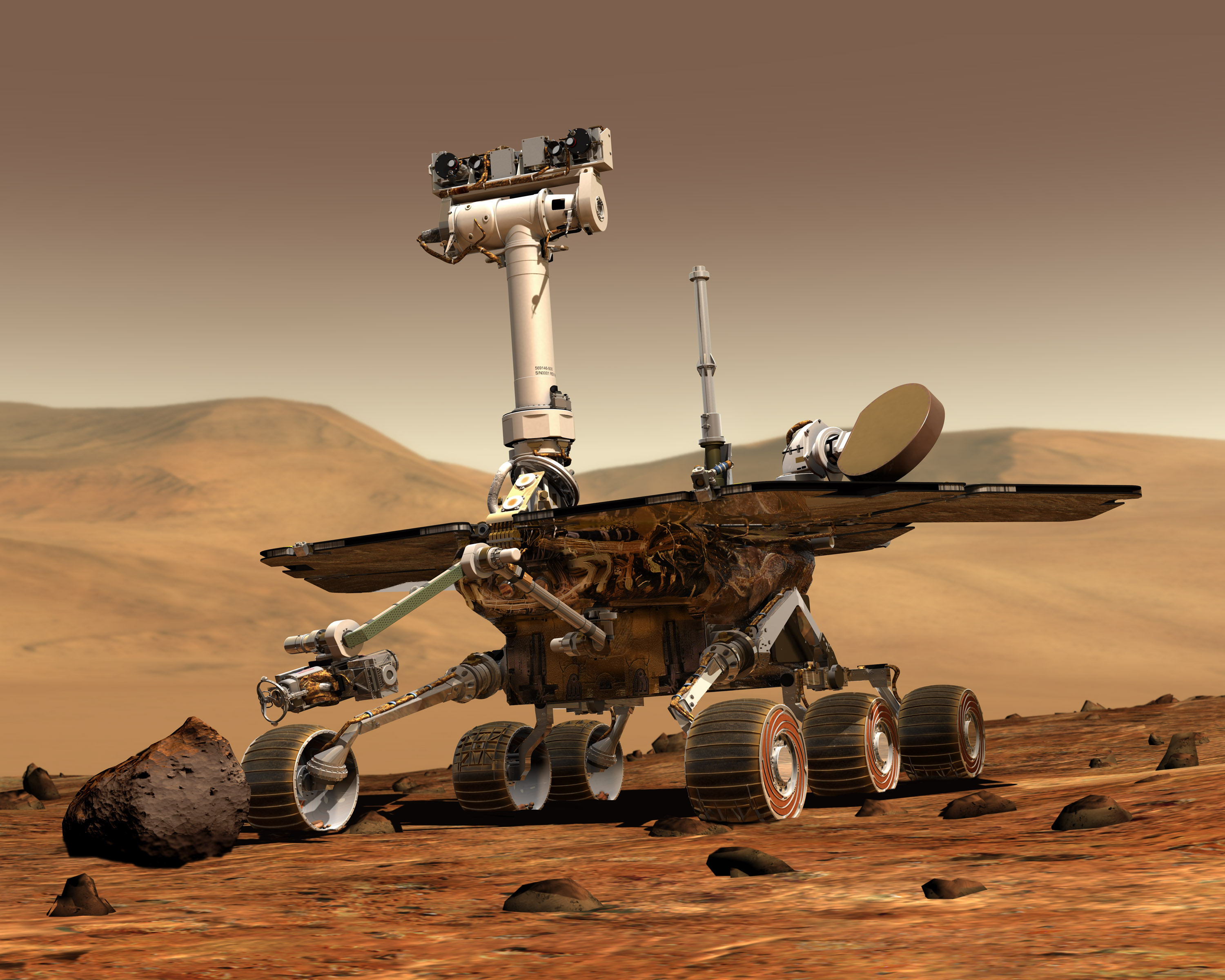
The Gravity Assist Podcast is hosted by NASA's Chief Scientist, Jim Green, who each week talks to some of the greatest planetary scientists on the planet, giving a guided tour through the Solar System and beyond in the process. This week, he's joined by Steve Squyres of Cornell University, who tells the story of the twin Mars rovers, Spirit and Opportunity, which both launched in 2003 and landed on Mars in January 2014.
You can listen to the full podcast here, or read the abridged transcript below.
Jim Green: Steve, originally Spirit and Opportunity's nominal mission was to last for 90 Martian days. Spirit lasted six years; Opportunity is still going today. What happened? [Opportunity Mars Rover Wheels Past 14 Years of Exploration]
Steve Squyres: A lot happened. You've got to realize that 90 days was when the warranty expired. None of us expected the wheels to fall off when the Sun came up on the 91st day. But why did they last so long? There are really three reasons. One is that we built good hardware. The second thing was that we got lucky with the weather. One of the things that we thought was going to kill these vehicles was a buildup of dust on the solar arrays. Mars has this very fine-grained dust, cigarette smoke—sized particles in the Martian atmosphere. It settles out onto the solar arrays and what had been seen on previous missions was that the dust just builds up continuously.
What we have experienced with both of our rovers are cleaning events — gusts of wind that clean the dust off the solar arrays. In fact, we just had a gigantic one for Opportunity very recently. These have cleaned the solar arrays over and over again, and each time it happens, it gives us a new lease on life.
The third thing is that we discovered a very simple trick. We have no way to articulate the solar arrays. We can't tilt them up and down. We don't have motors that do that.
But Mars has seasons, just like Earth. During the winter on Mars — we're in the Southern Hemisphere — the Sun goes low in the northern sky. What we wish we could do is tilt the solar arrays to the north and get more sunlight. What we do instead is we simply drive the vehicle onto north-facing slopes, tilting the entire vehicle towards the Sun, boosting our power. By operating only on north-facing slopes in the wintertime, we've been able to survive multiple winters on Mars.
Get the Space.com Newsletter
Breaking space news, the latest updates on rocket launches, skywatching events and more!
Jim Green: Another thing that's really spectacular about these two rovers is some of the things that they've found. What are some of the surprises?
Steve Squyres: It's a long list at this point. I'll give you a couple of favorites.
Very quickly with Opportunity, right after we landed, we found these little weird spherical things. We called them blueberries because they were embedded in the rock like blueberries in a muffin. They're what geologists call concretions. They're made of hematite, which is an iron oxide. The way concretions form on Earth is you have rock that is saturated with liquid water, and there's some mineral in it that's super-saturated and wants to precipitate out, and it does, and it finds the little nucleation point, and then it grows by adding layer upon layer and building a little hard spherical nodule, like the way an oyster builds a pearl. The blueberries were clear evidence that the ground here had been soaked with liquid water in the past.
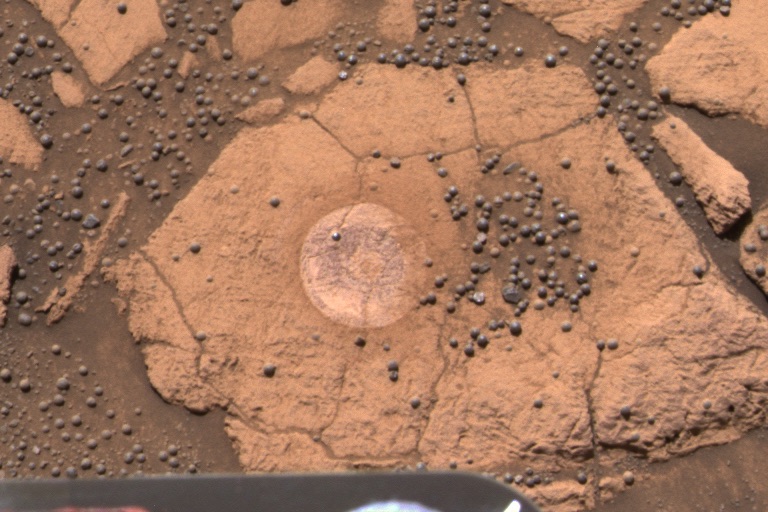
Another thing was the silica that Spirit found. We were driving through this little valley with the Spirit rover, late in Spirit's mission when the right front wheel] had failed. It wouldn't turn, and so to drive, we had to drag that dead wheel through the soil, and we kind of dug a trench. One day, after one of these drives, we were in this little valley which we later came to call Silica Valley, and we dredged up some soil that turned out to be as bright as white snow, and this caught our attention. We went over and we measured its composition. It was not snow at all. This stuff was more than 90% pure silica, SIO2.
Jim Green: So, what did that tell you about that ancient environment?
Steve Squyres: What it told us was that there was some kind of hydrothermal activity there, either caustic steam coming out of the ground and leeching some elements away and leaving behind enriched silica deposits, which happens around some volcanic fumaroles on Earth. Or, it was a place where there were hot springs bubbling out of the ground and precipitating out silica.
The thing about both fumaroles and hot springs is that when you go to those on Earth, they are teaming with microbial life. Now, I don't know if there was microbial life, but this was a habitable place, and that silica discovery showed us that.
Jim Green: Spirit was doing so well, and then it ran into a problem. What happened?
Steve Squyres: I always felt there were two honorable ways for the mission to end. One would be if Mars just reached out and killed us, like a major dust storm or some other event that killed a rover. The other would be if we wore it out, just flat out wore the thing out. And it was a combination of those two that killed Spirit.
When we lost the right front wheel it made it very difficult to drive, but we could still move, we were driving around, and we were doing kind of okay. We weren't a speedy vehicle, by any means, but we could move. Then what happened was we lost another wheel. We lost the right rear wheel. Once we had lost two wheels, the vehicle could no longer drive. It became a stationary vehicle, and because we were on flat ground, we could no longer do that trick of tilting towards the Sun. We couldn't get through the winter by driving onto a steep slope because we couldn't move anymore. We knew that it was inevitable that the final winter it experienced was going to kill the vehicle, and it did.
Jim Green: How did you feel about that?
Steve Squyres: It was funny. I felt okay about it, for two reasons. One was that, as I say, it was an honorable death. The vehicle lasted far longer than we expected, and the reasons that we lost it were fine. The other reason it was that we had a kind of Irish wake. We [the mission team] got together and drank a few beers and told a few stories. Then, the next day, we went back to work operating Opportunity. That softened the blow quite a bit.
Jim Green: One of the things that Opportunity has done was rolling up to Victoria Crater, which just absolutely blew me away.
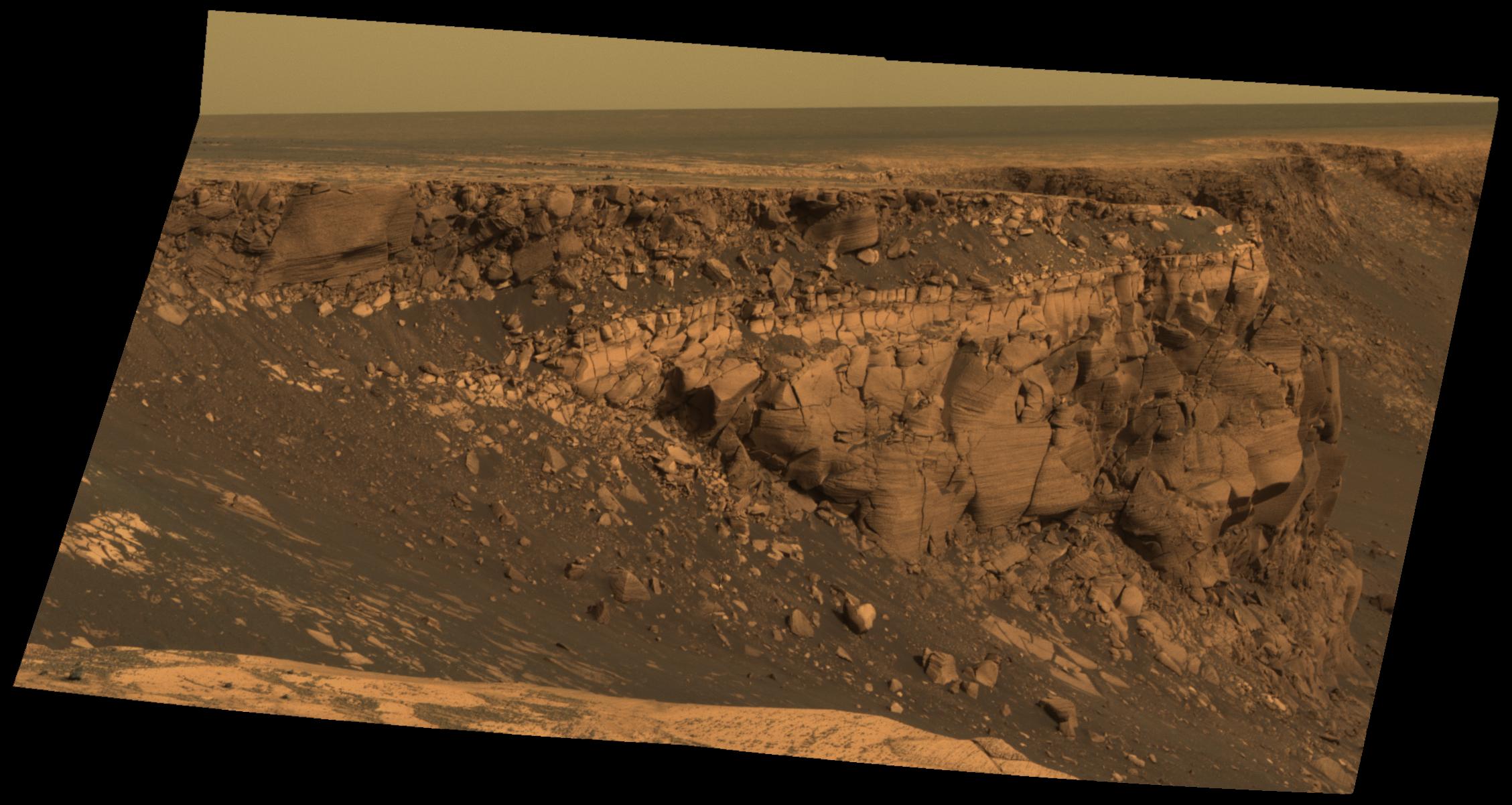
Steve Squyres: Yeah, we've had several of those. When we first got to Endurance Crater, that was the first big crater that we peered down into. And boy, the day that we pulled up to the rim of that thing, none of us had ever seen anything like that in our lives. We just stopped and stared. It was like coming up to the edge of the Grand Canyon, if you've never seen it, you know?
The same thing happened to us at Victoria Crater. Endeavor Crater was a little bit different. Endeavor is the big one that we're at right now and we had a 16-kilometer drive to it that took us three years to get there.
The thing that's different about Endeavor is that it's got this big, tall rim. So we were driving across these flat featureless plains, and we could see the crater rim on the horizon, kilometers away, and it was like being on a ship at sea, and you could see land, and we're trying to get to land, and we finally got there. As soon as we pulled up onto that rim, it was like a new landing site, with a whole bunch of new science questions.
The minute we pulled up onto the rim of Endeavor crater, we started seeing all these white stripes on the ground. It literally looked like somebody had gone out there with a can of white paint and a brush about half an inch or an inch wide and had just painted stripes on the ground. They turned out to be veins of calcium sulfate, or gypsum, which is a mineral. It's a salt that precipitates from liquid water. This was a place where water had gushed through fractures in the ground.
Another thing that we discovered was clay deposits. One of the things about clays is that in contrast to some of these other minerals, which typically require fairly acidic conditions to form, you can only form clays when you have neutral or maybe even a little bit alkaline PH. So the clays pointed to water with a chemistry that would have been more suitable for habitability. [Missions to Mars: A Robot Red Planet Invasion History (Infographic)]
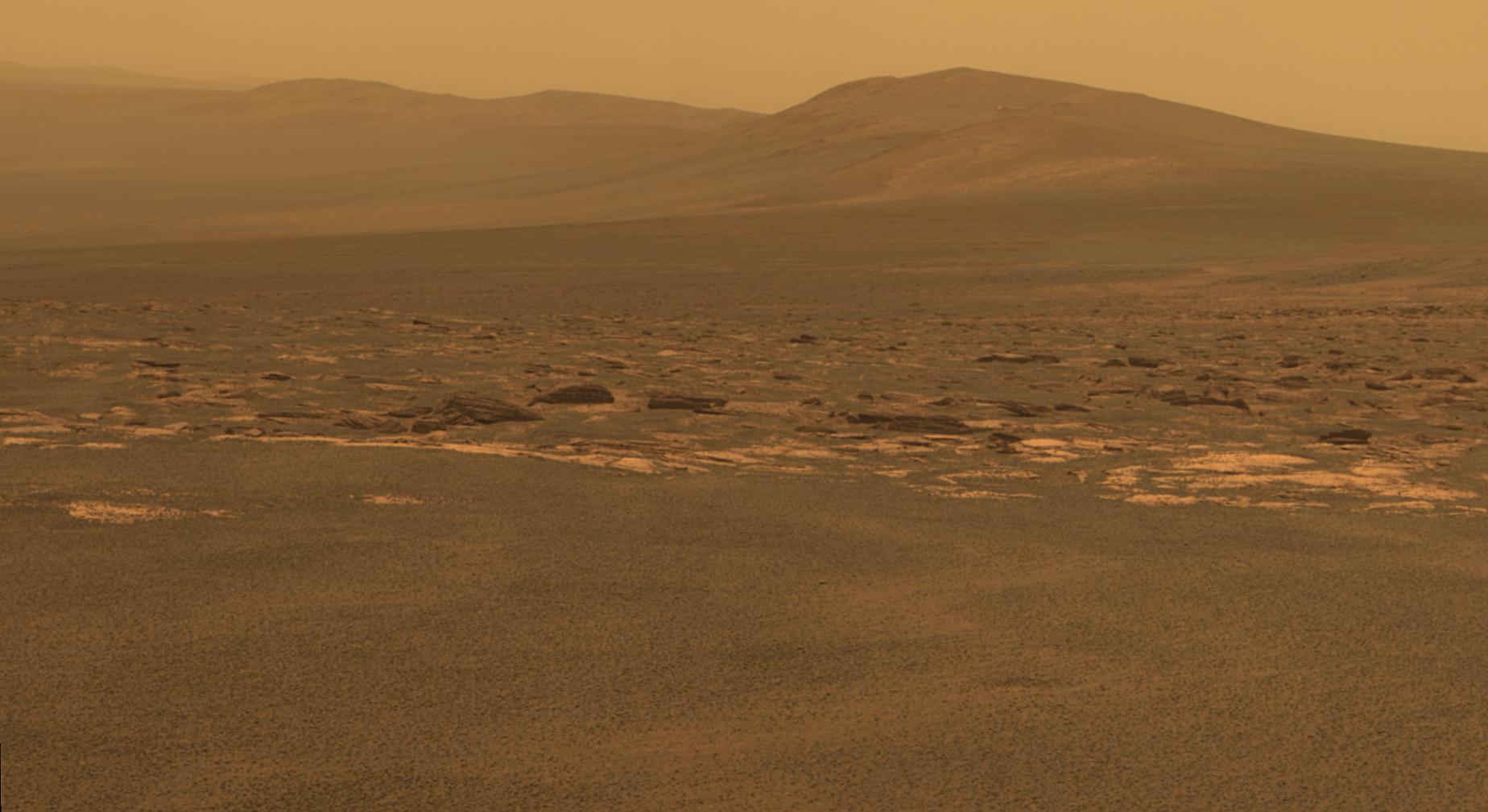
Right now, as we speak, Opportunity is driving down a little gulley that looks like it was carved by a flowing fluid, water, debris flow, something like that. These things have been seen from orbit on Mars for decades, but we're the first to actually get into one and explore one. We call it Perseverance Valley because it took so long for us to get there.
Jim Green: How does the team come up with these names?
Steve Squyres: The naming is both necessary and fun. We discovered very quickly that it's necessary. I remember some of our early rover tests, you know, we'd start off as rock 1, rock 2, rock 3, and that gets old real fast. So once we got to Mars, we started assigning random names to things. You know, it looked like this or it looked like that. But then, I remember when we finally figured out naming. It was our first Thanksgiving on Mars. We wanted to give the whole team four days off, but we also wanted to keep the rovers busy. So, the Spirit rover spent four solid days taking a gorgeous 360-degree panorama. We called it the Thanksgiving Pan.
We come back from Thanksgiving, and people start naming rocks, and they start naming them cranberry and drumstick and mashed potatoes and that sort of stuff. Which was funny, but then we drove on, and the mission continued. And eight months down the road, two years down the road, and somebody shows you a rock called cranberry sauce. And you go cranberry sauce, Thanksgiving. Oh, yeah, I remember where that was. That was the key. We discovered that if you have a set of names that have a theme that connects them, and it's somehow connected in space or in time to a particular place and a particular time in which it's happening, then it provides a really valuable little tool to help you remember where a particular rock was.
Jim Green: What do you think Opportunity has yet to learn about Mars?
Steve Squyres: I don't know. That's the fun part. We really, really want to nail down the formation process for Perseverance Valley. We're going down it from top to bottom, and currently we're only a third of the way down. We think that the most important clues of how it formed are going to be towards the bottom where the deposits of the erosion are located, so we're really excited about that.
Another thing that's really important to us is that we think we may have already once found, and we hope to find more of them, rocks that are older than the Endeavor crater event itself, because those would be the oldest rocks ever seen by any Mars rover. They will give us a deeper glimpse into the past than anything else.
Jim Green: Were these rocks uncovered in the impact?
Steve Squyres: What happens is the impact jumbles and jostles rocks around, and some things will be kind of shoved upwards relative to others. And you may lift some of them to up to the point where you'd be able to see them.
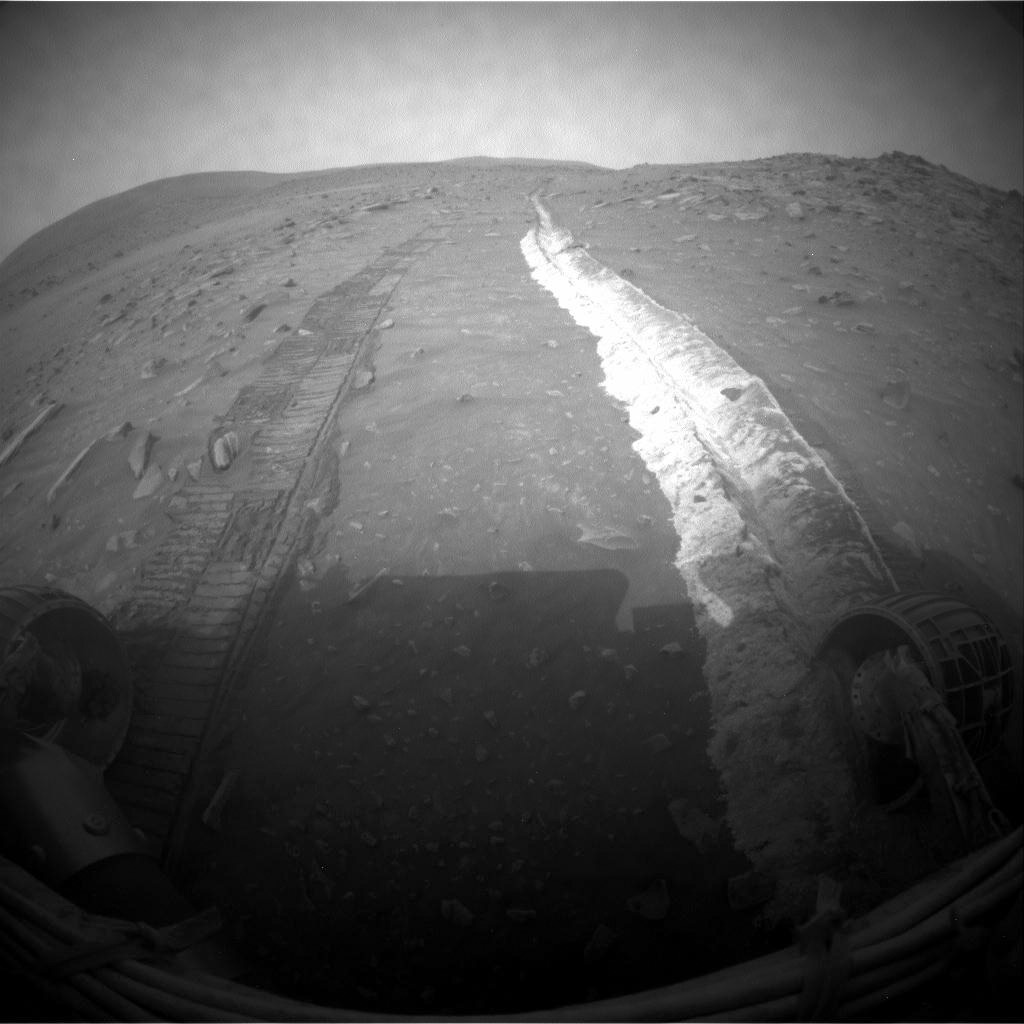
Jim Green: The next big rover that NASA is building is Mars 2020. What do you think it's going to find?
Steve Squyres: What intrigues me about Mars 2020 is that its primary job is to collect and cache a suite of samples to come back to Earth. I'm a huge fan of sample-return. The thing about sample-return missions is that, instead of using instruments that have been miniaturized and toughened so that you can fly them into space and launch them and land them, you can use state of the art laboratory equipment.
Samples are a gift that keeps on giving. I mean, the best science ever done with the Apollo samples that were collected in the late 1960s and early 1970s is being done today by scientists who were not born when those samples came back, using instrumentation no one had ever dreamed of at the time.
So, Mars 2020 is the initiation of this Mars sample-return process. It's going to take a while before we can get those samples and bring them back to Earth, but what to me is the exciting thing about 2020 is what we're going to find in those samples when we do get them.
Jim Green: You know, Steve, all my guests have to answer this question because it's really so important for us to remember how we got into this field. What was the event, or perhaps several events, that gave you that gravity assist that propelled you forward to become the scientist you are today.
Steve Squyres: For me, there were two, very clearly. The first one was my third year as an undergraduate student at Cornell University. I was a geology major and I was still looking for the thing that I wanted to do. I signed up for a course in 1977 that was being taught by a professor named Joe Veverka, on the results of the Viking mission to Mars, which was flying at the time. It was a graduate level course. I was the only undergraduate in the course. Since it was a graduate course, we were expected to do some piece of original research.
So, a few weeks into the semester, I thought, all right, I'm going to go to the Mars room, where they keep all the prints and all the photographs of the Viking pictures, and flip through them for 15 or 20 minutes and see if I can come up with an idea for a term paper. It was just this big kind of warehouse with cardboard boxes full of these pictures that nobody had really seen at that point. I walked out of that room four hours later knowing exactly what I wanted to do with the rest of my life. I didn't understand what I was seeing in the pictures, but that was the beauty of it. Nobody did. Scientifically, it was a blank canvas. That lure of the unknown was just irresistible to me.
The second event for me was incredibly fortunate. I was asked by Carl Sagan to participate in the Voyager mission to Jupiter and Saturn. I was this little junior baby grad student on the science team for the Voyager fly-bys of Jupiter and Saturn. And the Voyager I fly-by of Jupiter was absolutely the formative event of my career. After that, I was utterly convinced that what I wanted to do was flight projects. In the space of 48 hours, the whole Jupiter system went from being these little points of light that you could observe through a telescope to whole worlds that we could map. So those two events crystallized for me what I wanted out of my career.
This story was provided by Astrobiology Magazine, a web-based publication sponsored by the NASA astrobiology program. This version of the story published on Space.com. Follow us @Spacedotcom, Facebook or Google+.
Join our Space Forums to keep talking space on the latest missions, night sky and more! And if you have a news tip, correction or comment, let us know at: community@space.com.

The National Aeronautics and Space Administration (NASA) is the U.S. government agency in charge of the civilian space program as well as aeronautics and aerospace research. Founded in 1958, NASA is a civilian space agency aimed at exploring the universe with space telescopes, satellites, robotic spacecraft, astronauts and more. The space agency has 10 major centers based across the U.S. and launches robotic and crewed missions from the Kennedy Space Center in Cape Canaveral Florida. Its astronaut corps is based at the Johnson Space Center in Houston. To follow NASA's latest mission, follow the space agency on Twitter or any other social channel, visit: nasa.gov.










